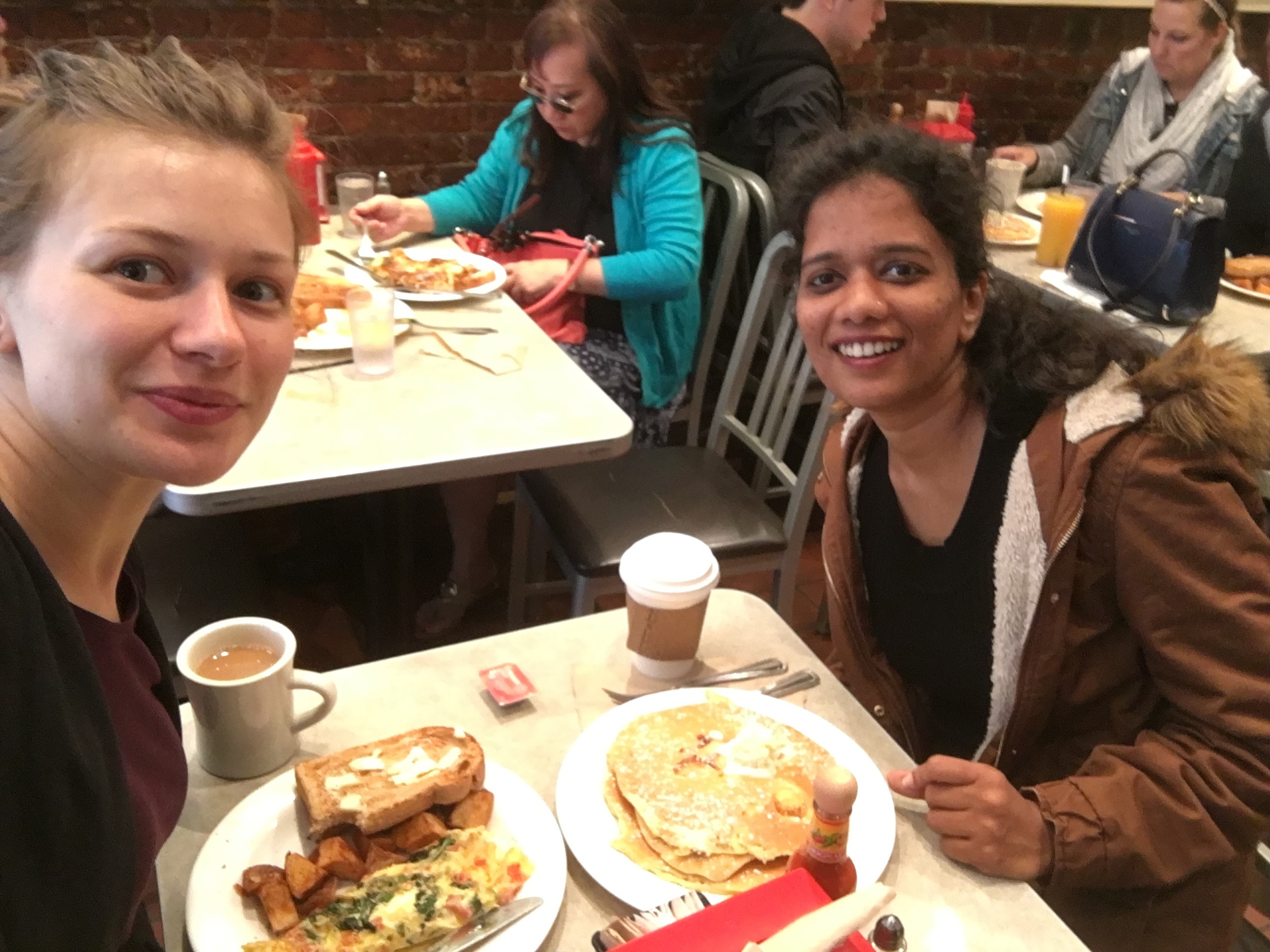I love food, much to the detriment of my ever-expanding waist. I love eating it, hate cooking it and can happily set aside my conscience to do anything (ok, well most of the things) as long as there is the promise of a mouth-watering fare.
But in the United States, I actually started doing something with food that I never did in India. I started thinking about it.
The thoughts came because for the first time food confused me, it scared me, and above all it surprised me.
Shopping for food in the U.S. is a nerve-wracking experience.
First, the choices confuse me. I miss the malls and shops in India where they don’t lure you with 50 varieties of yoghurt. It makes shopping for food less time consuming. It is also easy on my wallet because suddenly I don’t start to believe that a passion fruit yoghurt is a must-have when, I have no clue what a passion fruit is!
Second, I am surprised to see that Americans don’t cook much at home, despite the convenience of microwaves, dishwashers, well-cut, packaged and safe meat and vegetables and tremendous choice of ingredients.
Lunch in an American office is often a cold sandwich from the pantry or a takeaway from the nearest restaurant. When my colleagues in the U.S. bring lunch, it is often pre-cooked packaged meal; rarely is it a home-cooked left-over dinner.
One of the fondest memories I have of my office in India is sharing homemade lunches with some of my colleagues. After a few lunches, you knew whose mom made the best dessert and whose wife was an expert at making pulav.
Many an awkward introduction with my colleagues’ parents and spouses gave way to ease and genuine friendship once I mentioned the amazing lunches they made for their sons, daughters and husbands.
Third, I am scared at how much food I waste since coming to the U.S. Call it an effect of being surrounded by abundance and the huge refrigerators in American homes. I invariably overbuy (thanks to too many choices) and stuff it in the refrigerator only to forget about it. By the time I dig through the treasure in my refrigerator, it’s rotten fortune (yeah, it is a fortune for what I paid for it!).

Friendly Fellows Smitha and Juliana share a big breakfast in Boston during their summer- break. Photo credit: Juliana Romanyshyn
Given that a refrigerator in an average Indian home is much smaller than what is in an average American home, we don’t have enough space to stuff our food inside and hence back home we waste less. We also don’t have so many choices, hence the temptation to pick up something that we don’t need is low.
“Do you know how much that vegetable costs?” That’s a refrain often heard in many Indian homes when children attempt to throw away food/vegetables. They are constantly reminded of someone out there who goes to sleep hungry. Throwing away food is equated with being disrespectful. And if none of these work, divine intervention is sought. We are reminded of the eternal damnation waiting for us because we dared to throw away food! (From matrimonial disputes to politics, Indians summon divine help for everything. None ever comes, but what’s the harm in trying?)
As an environmental journalist, I was often critical of the “American way of life” that emphasized over-consumption. A few months in the land of abundance and I (without even realizing it) slipped into the ‘American way of life’.
I am trying to crawl back into being a more responsible consumer as far as food waste is concerned and am having a difficult time with it.
A former fellow I met in India once told me that everything about the U.S is big. Their cars, their houses, their cookies and the portion size of their meals — everything is huge. At that time it seemed pretty impressive to someone who had never been to the U.S.
But now I wonder: Is big truly beautiful? Or is it just wasteful?






